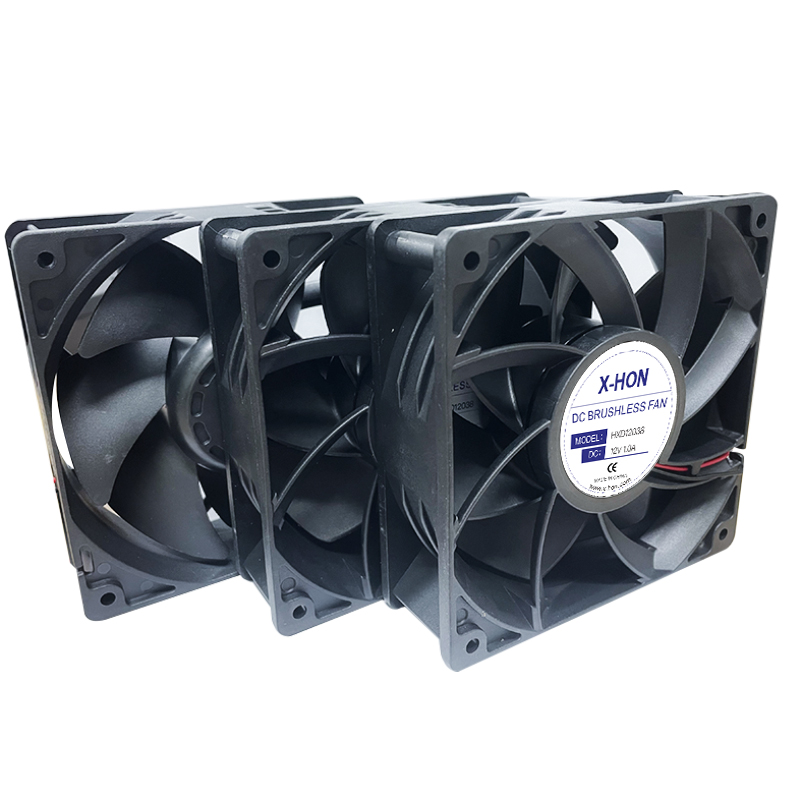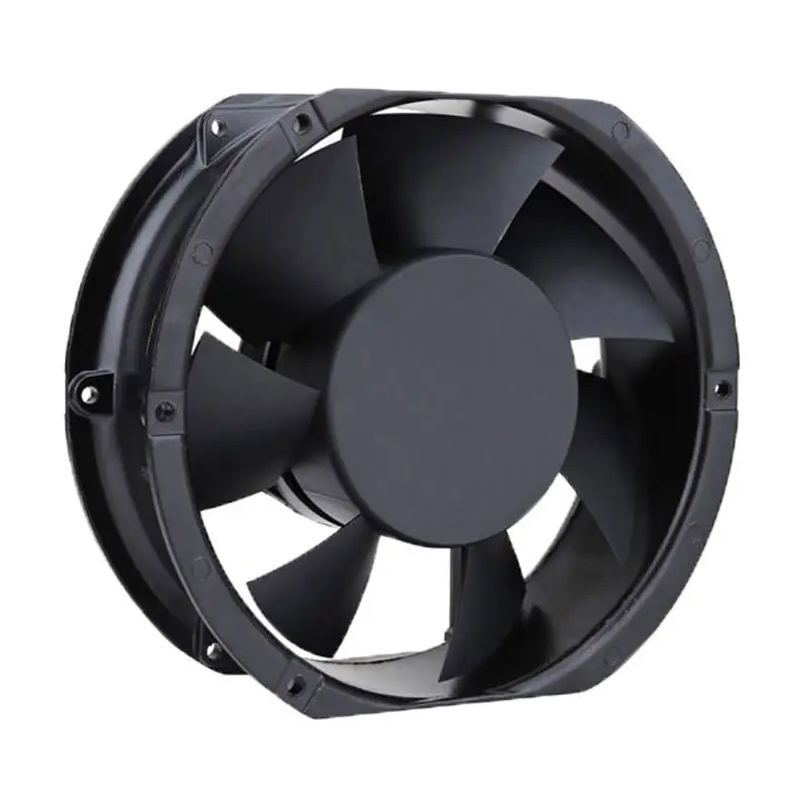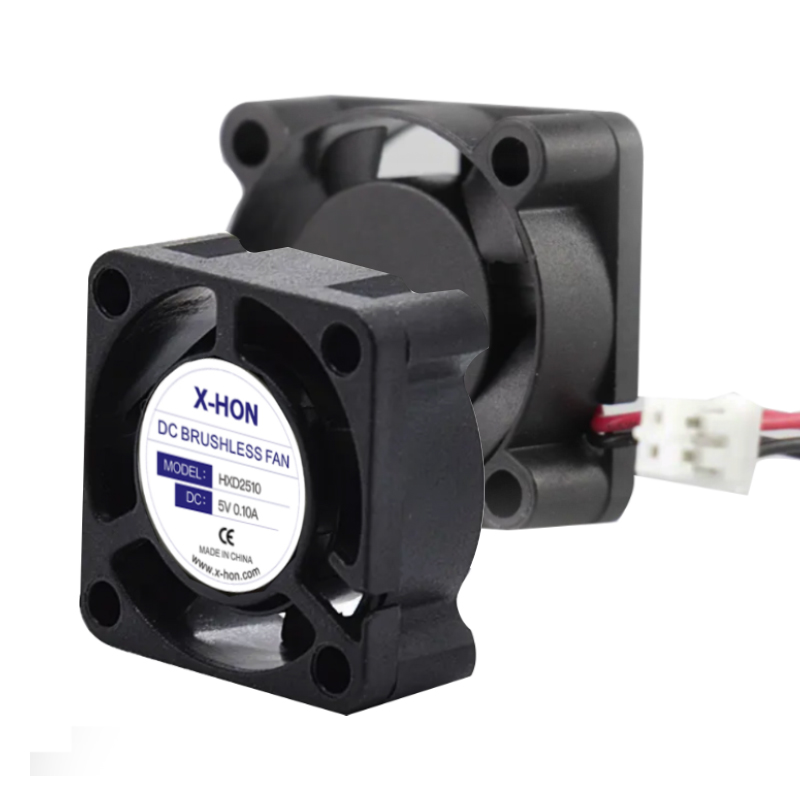Choosing Industrial Fans: Avoid Common Mistakes

Selecting the right industrial fans holds immense importance for your business. Industrial fans ensure proper ventilation and cooling in various settings. A poor choice can lead to inefficient airflow and increased energy costs. Inadequate fans may cause overheating and equipment failure. Proper fan selection prevents these issues and maintains a safe environment. Understanding the specific needs of your space helps in making informed decisions. Choosing wisely enhances productivity and safety.
Understanding the Specific Needs of the Space
Choosing the right industrial fans requires a thorough understanding of the space where you plan to install them. Each space has unique characteristics that impact fan performance and efficiency. Proper assessment ensures optimal airflow and energy use.
Assessing Space Size and Layout
Measuring dimensions: Accurate measurement of the space is crucial. Large spaces require industrial fans with higher airflow capacity. Smaller areas may need fans with lower capacity. Measure the length, width, and height of the area. These measurements help determine the size and type of industrial fans needed.
Identifying obstructions: Obstructions can hinder airflow. Identify any barriers such as walls, machinery, or equipment. These obstacles affect the placement and effectiveness of industrial fans. Proper positioning around obstructions ensures even distribution of air.
Ventilation Requirements
Calculating airflow needs: Calculate the airflow requirements based on the space's size and purpose. Industrial fans must meet these needs to maintain adequate ventilation. Use the formula for Cubic Feet per Minute (CFM) to determine the necessary airflow rate. Larger spaces or areas with high heat output might need multiple fans.
Considering environmental factors: Environmental conditions play a significant role in fan selection. High humidity or temperature levels require specific types of industrial fans. Consider factors like dust, moisture, and temperature fluctuations. These elements influence the choice of fan material and design.
Industrial fans serve various purposes, from cooling large warehouses to ventilating small workshops. The right choice enhances productivity and safety. Proper assessment of space size, layout, and ventilation needs ensures the best performance from your industrial fans.
Key Performance Parameters to Consider
Selecting the right industrial fans involves understanding key performance parameters. These parameters ensure that fans meet the specific needs of your space. Proper consideration enhances efficiency and reduces operational costs.
Airflow Rate
Understanding CFM (Cubic Feet per Minute): The airflow rate of industrial fans is measured in Cubic Feet per Minute (CFM). CFM indicates the volume of air a fan moves in one minute. Higher CFM values mean more air circulation, which is crucial for large spaces. Understanding CFM helps in selecting fans that provide adequate ventilation.
Matching airflow to space requirements: Matching the airflow rate to your space requirements ensures optimal performance. Large areas need fans with high CFM to maintain proper air circulation. Smaller spaces require lower CFM to avoid excessive air movement. Proper matching prevents energy waste and ensures efficient cooling or ventilation.
Pressure and Efficiency
Static pressure considerations: Static pressure measures the resistance to airflow within a system. Industrial fans must overcome this resistance to circulate air effectively. High static pressure indicates more obstacles, such as ducts or filters, in the airflow path. Selecting fans with appropriate static pressure capabilities ensures efficient operation.
Evaluating fan efficiency: Fan efficiency determines how well a fan converts electrical energy into airflow. Efficient industrial fans reduce energy consumption and lower operational costs. Evaluating efficiency involves comparing the input power to the output airflow. Fans with higher efficiency ratings provide better performance and cost savings.
Power Consumption
Energy efficiency ratings: Energy efficiency ratings indicate how much energy a fan uses to perform its function. Industrial fans with high energy efficiency ratings consume less electricity. This reduces energy bills and minimizes environmental impact. Choosing fans with good ratings supports sustainable practices.
Cost implications: Power consumption directly affects operational costs. Industrial fans with low power consumption offer significant cost savings over time. Consider the long-term financial impact when selecting fans. Investing in energy-efficient fans reduces expenses and contributes to a healthier bottom line.
Understanding these key performance parameters helps in choosing the right industrial fans for your needs. Proper selection enhances airflow, reduces energy usage, and lowers costs. Make informed decisions to optimize the performance of your industrial fans.
Types of Industrial Fans and Their Applications

Industrial fans come in various types, each designed for specific applications. Understanding the characteristics and uses of these fans helps in selecting the right one for your needs.
Axial Fans
Characteristics and uses
Axial fans move air in an axial direction using a propeller with two or more blades. These fans suit applications requiring high airflow at low pressures. Common uses include ventilation and cooling in large spaces. Axial fans often appear in desk fans and condenser cooling systems in refrigeration units. The simple design of axial fans makes them energy-efficient and easy to maintain.
Advantages and disadvantages
Axial fans offer several advantages. The simple design ensures low noise levels during operation. Energy efficiency reduces operational costs. However, axial fans may not perform well in systems with high resistance. Limited pressure capabilities restrict their use in certain industrial settings.
Centrifugal Fans
Characteristics and uses
Centrifugal fans excel in applications that require higher pressures. These fans are ideal for air pollution control and material handling tasks. Centrifugal fans use a rotating impeller to increase air pressure. This design allows them to handle more resistance than axial fans. Industrial settings often use centrifugal fans for fume extraction and moisture control.
Advantages and disadvantages
Centrifugal fans provide high-pressure capabilities. This makes them suitable for complex systems with ducts and filters. The robust design ensures durability in harsh environments. However, centrifugal fans may consume more energy compared to axial fans. Higher noise levels can also be a concern in some applications.
Blower Fans
Characteristics and uses
Blower fans are versatile devices used in various industrial applications. These fans provide consistent airflow and pressure. Blower fans are often used for combustion air supply and exhaust applications. The durable construction of blower fans ensures long-lasting performance in demanding environments.
Advantages and disadvantages
Blower fans offer reliable performance in diverse applications. The ability to provide constant airflow makes them valuable in industrial settings. However, blower fans may require more maintenance due to their complex design. Energy consumption can also be higher compared to simpler fan types.
Understanding the different types of industrial fans and their applications helps in making informed decisions. Each fan type offers unique benefits and limitations. Selecting the right fan enhances efficiency and meets specific industrial needs.
Proper Fan Placement and Mounting Options

Optimal Placement Strategies
Ensuring even airflow distribution
Proper fan placement ensures even airflow distribution. Industrial fans should have a combination of intake and exhaust fans. This setup achieves optimal air circulation. Intake fans draw fresh air into the space. Exhaust fans remove stale air. This balance maintains a comfortable environment.
Install fans at the correct height for effective air circulation. High-volume, low-speed (HVLS) fans work best when installed at the right height. Proper height allows fans to circulate air throughout large spaces. This setup improves ventilation and cooling efficiency.
Avoiding common placement errors
Avoid placing fans near obstructions. Walls and machinery block airflow. Fans should have clear paths for air movement. This placement prevents uneven air distribution. Ensure fans do not face each other directly. Opposing fans create air turbulence. This setup reduces airflow efficiency.
Fans should not be too close to ceilings or floors. Close proximity limits airflow. Maintain adequate distance from surfaces. This placement ensures optimal performance. Proper positioning enhances fan effectiveness.
Mounting Options
Ceiling vs. wall mounting
Ceiling mounting suits large spaces. Ceiling-mounted fans provide wide air coverage. This setup works well in warehouses and factories. Ceiling fans distribute air evenly across the area. Wall mounting suits smaller spaces. Wall-mounted fans direct airflow to specific areas. This setup targets localized cooling needs.
Consider the space size when choosing mounting options. Large spaces benefit from ceiling-mounted fans. Smaller areas may require wall-mounted fans. Proper mounting enhances airflow efficiency.
Considerations for stability and safety
Ensure fan stability during installation. Secure mounting prevents accidents. Use appropriate hardware for fan weight. Stability ensures safe operation. Check fan alignment after installation. Misalignment affects performance. Proper alignment maintains airflow efficiency.
Safety measures protect workers and equipment. Install safety guards on fans. Guards prevent contact with moving parts. Regular maintenance checks ensure safe operation. Inspect fans for wear and tear. Maintenance prolongs fan lifespan.
Proper fan placement and mounting enhance industrial fan performance. Optimal strategies ensure even airflow distribution. Correct mounting options suit different space needs. Safety and stability considerations protect the workplace.
Avoid common mistakes when choosing industrial fans. Consider airflow requirements, energy efficiency, and proper placement. CUI Devices advises avoiding fans that do not match your space's needs. Morris Direct emphasizes the importance of noise levels and fan blade types. Make informed decisions by evaluating these factors. Consult with professionals for guidance. Hunter Industrial & Commercial suggests using size guides for HVLS ceiling fans. Expert advice ensures optimal air circulation. Enhance safety and productivity in your industrial space.
About US
X-HON
X- HON is a leading manufacturer of cooling fans,speciaizing in research, development, and production forover a decade. With a focus on quaity and inovation, we ofer arange of cooling solutions to global markets, ensuring superior performance and reliable service.
Address
Address1: HuaYuan Building, Xixiang Avenue, Bao'anDistrict, Shenzhen, Guangdong Province, china;
Address2: DaLingShan District, DongGuan,Guangdong Province, china
Contacts
frelin.jiang@x-hon.com
bella.cai@x-hon.com
+86 15626528321
To inquire about product specifications or to request custom fan designs,
please leave your email address.
Our dedicated service team will be in contact with you shortly.
